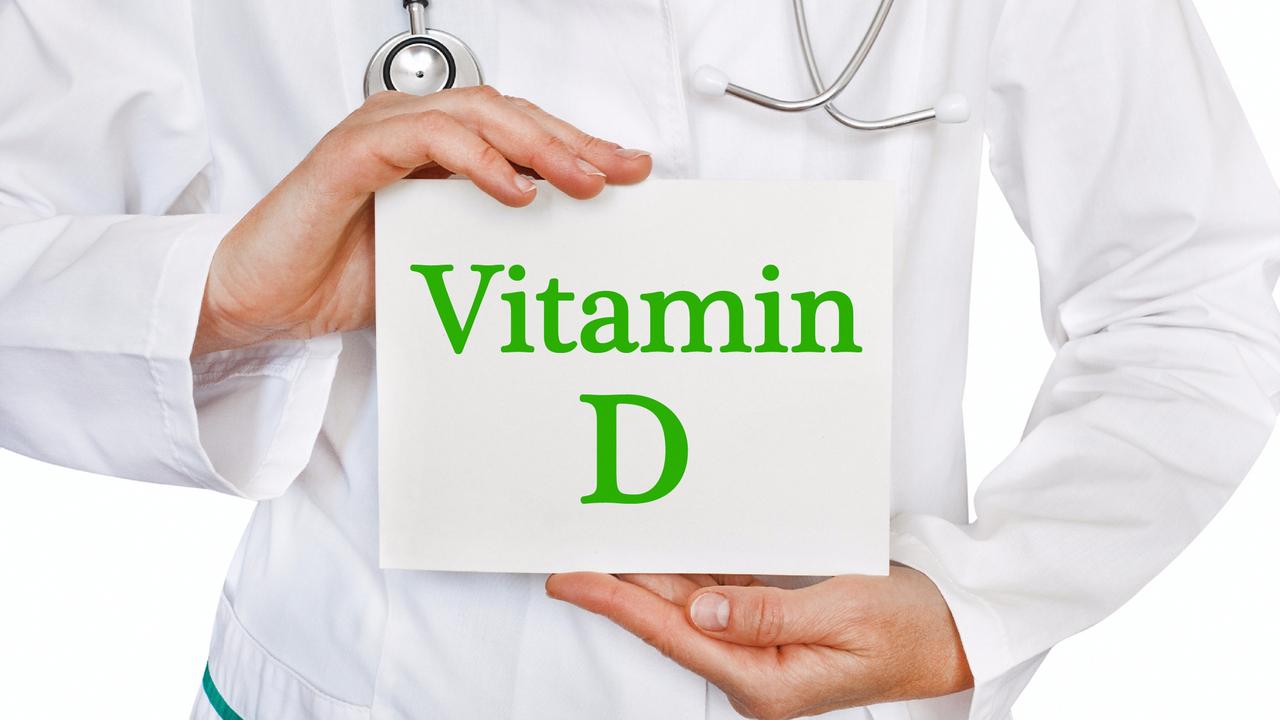Probably the biggest news on vitamin D in a while...
Mar 23, 2016
Let's face it, you know the importance of optimizing vitamin D levels, I know the importance, but we both hear our customers say that their vitamin D was tested and their doctors say it was normal when in fact it was probably 'old skool' normal.
Have you ever had someone ask for 1000 iu's of vitamin D, and you know they probably need more?
What is the average daily dose that you recommend?
Over the years I would say, 2000 iu's is a good daily dose, but best to have your levels tested to optimize, when the whole time, I take 5000 iu's daily, while not being shy of the sunshine and this holds my levels at a happy 60 to 70 ng/ml.
This is why I was ecstatic to hear about the latest news, how a group of researchers are calling for an adjustment of the RDA...TEN TIMES HIGHER!


